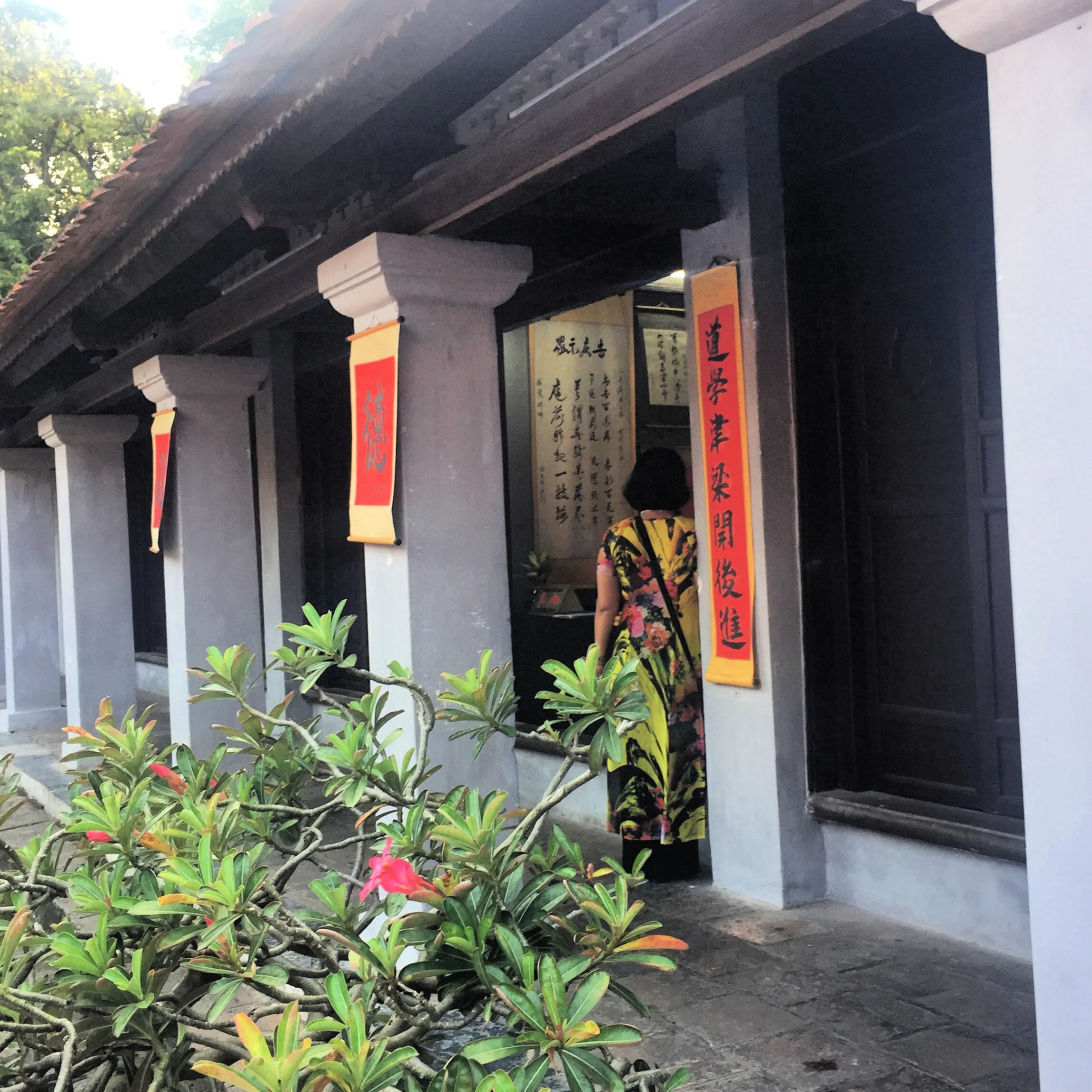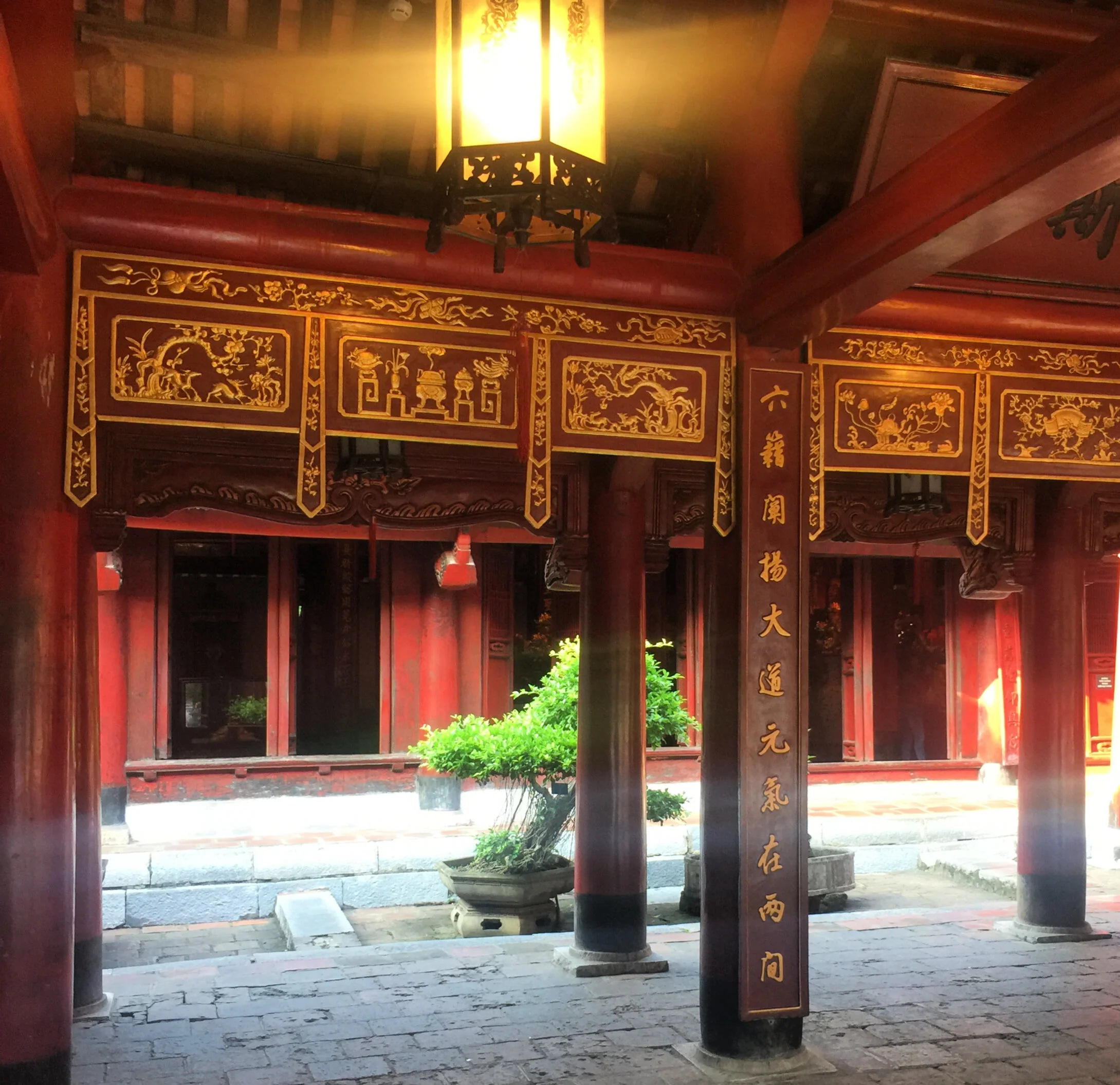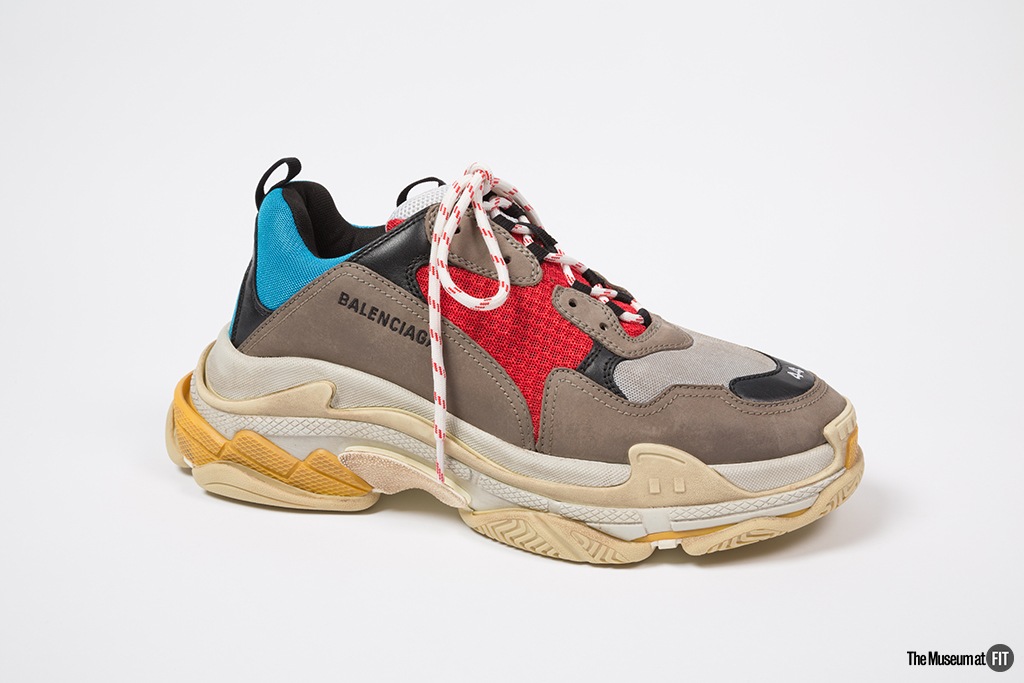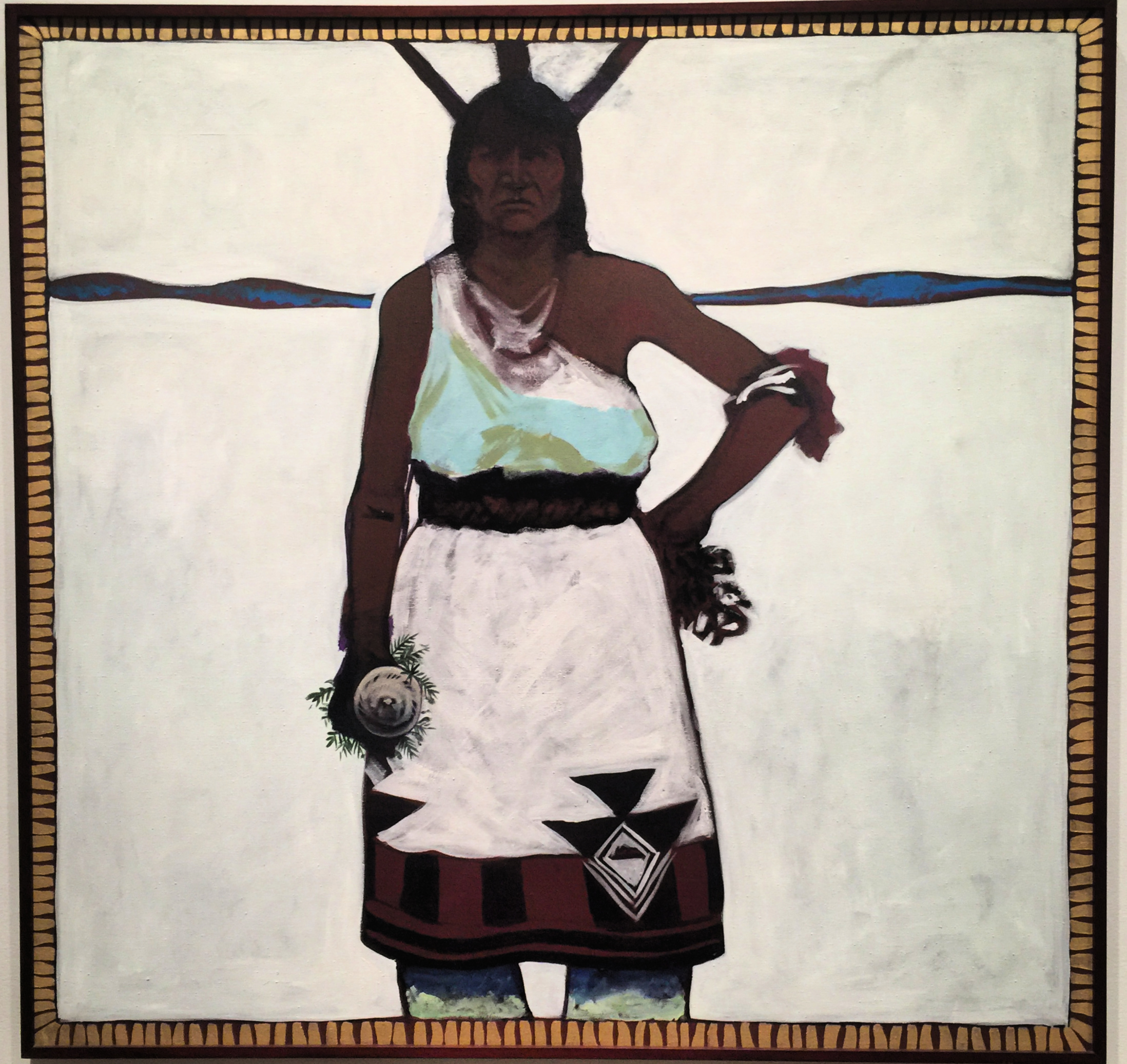The Temple of Literature (Vietnamese: Văn Miếu) is my favorite respite in Hanoi proper. Strolling through helps me forget the overwhelming noise, pollution and business outside, and I can easily spend a couple hours here relaxing.
Founded as a Confucian temple in 1072, by 1076 Quốc Tử Giám University was built over an area just south of the temple, now taken up by 12 city blocks. The school/worship center was where civil servants were trained to serve the Lý dynasty.
The Confucian education system was inherited from the previous thousand years of Chinese occupation (111 BC to 980 AD) and therefore initially derived most of its content and structure from the Chinese system of educating mandarins.
Students generally studied for 3-7 years, learning classical Chinese, Chinese philosophy, Chinese history, and poetry composition. Among others, students read The Four Books (Tứ thư, 四書): "The Great Study" (Đại Học, 大學), "The Golden Means" (Trung Dung, 中庸), "The Analects" (Luận Ngữ, 論語) and "Mencius" (Mạnh Tử, 孟子); Five Pre-Confucian Classics (Ngũ Kinh, 五經): "Book of Odes (Kinh Thi, 詩經), "Book of Annals" (Kinh Thư, 書經), "Book of Rites" (Kinh Lễ, 禮記), "Book of Change" (Kinh Dịch, 易經) and "Book of Spring and Autumn" (Kinh Xuân Thu, 春秋).
The Trần dynasty (1225 - 1400) opened up civil service to commoners, and during this time the famously difficult and competitive exam system developed into its 3 stage form. At specific fortuitous intervals on the Lunar calendar (around 2-3 years apart), exams were administered at provincial, national, and finally royal levels, with the national level schooling and exams taking place at the Temple of Literature. The royal exam was administered by the emperor personally and took place at court.
Four ranks were awarded to successful applicants:
Trạng nguyên (狀元) – first place, reserved for the best scholars
Bảng nhãn (榜眼) – second place
Thám hoa (探花) – third place
Tiến sĩ (進士) – all the other successful applicants
First place was reserved for exceptional genius, not simply scoring the highest in any given exam year. In roughly 800 years of educating scholar/servants, the trạng nguyên rank was only awarded to 55 men.
Though the Vietnamese adapted Chinese script to create their own language (Chữ-Nôm) in the 10th century, it was only in the 12th and 13th centuries that Chữ-Nôm was systematized as the official language of government (and recognized as part of meaningful literature), with appropriate bilingual study materials issued. The classical Chinese characters visible throughout the temple today are Chữ-Nôm, and therefore unintelligible to Chinese readers.
During the Lê dynasty, successful examinees were honored by having their names inscribed on the stone steles still displayed today. The stones tell us that between 1443 and 1778 over a hundred exams were held, with about 20 successful candidates emerging from each exam.
The school limped past the 1770 fall of the Lê dynasty, but eventually closed in 1779 during the Tây Sơn era of decentralized dynasties and peasant revolts. Coming to power in 1802, the Nguyễn dynasty moved their capital from Hà Nội to Huế, opening the new imperial academy there. The former Quốc Tử Giám was reopened as a Hoài Đức district school.
By the time Hanoï was made the capital of French Indochina in 1902, the school had emptied of students and fallen into sufficient disrepair for the French to nickname it “the pagoda of crows,” both a metaphor for its death as a cultural center, and a literal description of the multiple crows nests in old mango trees throughout.
Despite registering the temple as a historic monument in 1906, the French first phased out imperial exams from 1913-1916, and then destroyed large sections of the site during the First Indochina War (1945 - 1954). What stands today is the restored temple complex, but not the outlying school and dormitory buildings.
The layout of the temple was modeled on that of the temple at Qufu, Shandong (Confucius’ birthplace). In Confucianism, morality means respecting the 5 essential social relationships:
Ruler and Subject
Father and Son
Elder Brother and Younger Brother
Husband and Wife
Friend and Friend
Furthermore, there are five essential elements that form the world: metal, wood, fire, water and earth.
Therefore, there are five consecutive walled courtyards connected by gateways, though in terms of exploration there are really seven main sections:
the entry with 4 pillars and Văn Miếu gate
the first courtyard and Đại Trung gate
the second courtyard with the Khuê Văn Các (Pleiades pavilion)
the third courtyard with the Thiên Quang Tinh (heavenly light well), stele pavilions, and Đại Thành (gate of great success)
the fourth courtyard with East and West shrines for Confucian disciples and the Ceremony House
the fifth courtyard with a shrine to the god of the place and East and West guard houses
and finally the Đền Khải Thánh sanctuary and academy building
The four pillars that form the street entrance famously warn riders to dismount. Entry tickets and audio guides are sold just next to the flag lined area. The bronze bell in the front Văn Miếu gate dates from the Trần dynasty, is inscribed with a phoenix and dragon symbolizing the emperor and empress, can only be touched by monks, and was only rung to announce the entry of very prestigious visitors. Walking under the bell to hand your ticket to the security guard, you are on the central path, once reserved solely for royalty (all others had to enter through either of the side gates and walk down those paths).
At graduation and back-to-school seasons, you can find busloads of Vietnamese students of all ages racing through the first courtyard to pose at the various gates. The first gate, connecting the first and second courtyards, is the Đại Trung Môn, translated as “great middle gate”. It is so called because it combines the names of two important works of Confucianism: Đại Học (Great Learning) and Trung Dung (The Doctrine of the Mean). T
The carp symbol at the top references a Chinese proverb explaining that while many carp swim against the stream, the few that manage to jump over the waterfall become dragons. The left side gate is the gate of Accomplished Virtue (Thành Đức), and the right side gate is the gate of Attained Talent (Đạt Tài). In Chinese tradition, the left side is more important than the right, so these gates serve to remind students that talent will only get you so far, hard work has to take you the rest of the way.
The second courtyard is my personal favorite area of the temple, and is where students traditionally spent their time studying and relaxing outdoors. The waterlily ponds and lawns remain incredibly soothing!
The Khuê Văn Các (constellations pavilion) is named to symbolize the Temple of Literature’s role as the brightest star in the Vietnamese educational and cultural firmament. The circle and square ornament enclosing the bell symbolizes sky and earth, yin and yang.
In the third courtyard, the Thiên Quang Tinh (heavenly light well) served both as a literal mirror for scholars to dress themselves appropriately and as a symbol for calm and careful reflection.
There are 82 steles of doctors (9 of the original 91 have been lost to war and natural disasters). The bases of the steles are carved as tortoises who literally stand for longevity and wisdom, ensuring the names of the successful students last forever.
The Đại Thành Môn (gate of great success) connecting the third and fourth courtyards is the architectural distinction between the areas meant for relatively casual student use, and the areas intended for worship.
In the fourth courtyard, the once Eastern and Western shrines for Confucian worshippers are now dedicated to tourist retail and offices. Formerly the Eastern building was devoted to Confucius and the Western building to Chu Văn An (the most famous historic master of the Imperial Academy). Now you can buy a bottle of water or an artistic bit of calligraphy here. Every effort is made to prune the potted plants into animal shapes, with little success.
The Đại Bái Đường (House of Ceremony) is the first really impressive interior, where new doctors kneeled and prayed for both physical longevity (symbolized by the crane) and eternal acclaim (symbolized by the turtle). Just beyond the House of Ceremony is the Đại Thành Sanctuary, where locals still come to worship and bring offerings for Confucius and his four greatest disciples. In the past, emperors and other eminences have worshipped here.
The fifth courtyard is oddly empty and unornamented. There’s a second street exit on the south west end. The buildings on the side are shuttered. I have met one person who visited on a Saturday afternoon/evening and happened upon a classical Vietnamese musical performance of some sort happening here.
At the far end are the former guard houses, which now house little local art exhibits and a stand where you can purchase? or rent? (I don’t know, I’ve thankfully evaded them to date) scarves so as to not offend the religious old ladies squawking in loud disapproval of your shoulders/arms/cleavage/miniskirt.
Beyond the guard houses is the old Imperial Academy administration building. Downstairs there are displays of relics that once belonged to scholars and students, including books, calligraphy brushes, ceremonial robes, scrolls and their lacquered cases, royal decrees etc. There are also a few very very old photos of the buildings and grounds from the turn of the last century. It’s incredible to see how this rather visually empty area has become a very densely populated urban neighborhood.
One current use of the building that connects with its past is its role as the site for judging entries in national contests of various traditional Vietnamese art forms. I have seen elderly, traditionally dressed judges carefully examining the finalist entries for annual ceramics, waterolor, and calligraphy contests here.
Upstairs is dedicated to the worship of the three emperors who contributed the most to the temple and university:
Lý Thánh Tông (1023–1072), who founded the temple in 1070 (middle altar)
Lý Nhân Tông (1066–1127), who founded the Imperial Academy (right altar)
Lê Thánh Tông (1442–1497), who introduced the steles in 1484 (left altar)
There’s a little balcony in front with a great open view of the old sections of the city.
Back outside, there’s a pagoda bell that was cast in 2000, when the fifth courtyard was renovated. I’ve never heard it rung! In Buddhism generally, the belief is that ringing the bell awakens the mind, reminding Buddhists to share love and pray for peace. Supposedly when the bell’s peals reach heaven, the dead rest in peace; when the peals reach hell, sinners are temporarily released from their suffering. In traditional Vietnamese bronze casting, it’s known that mixing in a certain proportion of pure gold helps the sound of the bell carry farther. In Vietnam, donors are proud to donate real gold (at great expense, obviously) for pagoda bells, considering it a family honor.
If you can’t tell, for me this a Hanoi must-do. Tickets are 30,000 VND (less than $2 USD) and audio guides (which are totally worth it!!) are an additional amount.





























































































































































































































































































































































































































































































































































































































